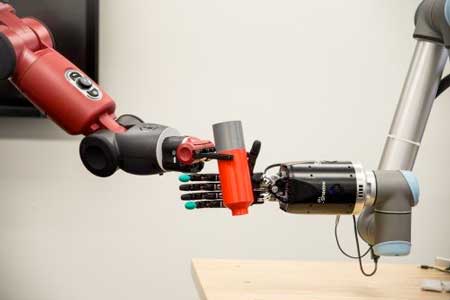The MX-1E spacecraft is slated to fly before the end of the year aboard a Rocket Lab Electron booster, which launches from New Zealand and will attempt to win the $20M Google Lunar XPRIZE
The firm is is developing a fleet of low-cost robotic spacecraft that can be assembled like Legos to handle increasingly complex missions.
The initial spacecraft, known as MX-1E, is a similar size and shape to the R2D2 droid from Star Wars, and is slated to fly before next year aboard a Rocket Lab Electron booster, which launches from New Zealand.





